In the world of precision manufacturing, even the smallest imperfection can compromise performance, longevity, or safety. Burrs—those stubborn residual edges formed during cutting, drilling, or milling—pose a significant threat to product quality and assembly efficiency. Enter the deburring machine: a fundamental piece of equipment that ensures every component meets the stringent standards of today's fine-finishing industries. Whether you're working in aerospace, automotive, medical devices, mold tooling, or electronics, investing in the right deburring machinecan mean the difference between a flawless product and a costly recall.
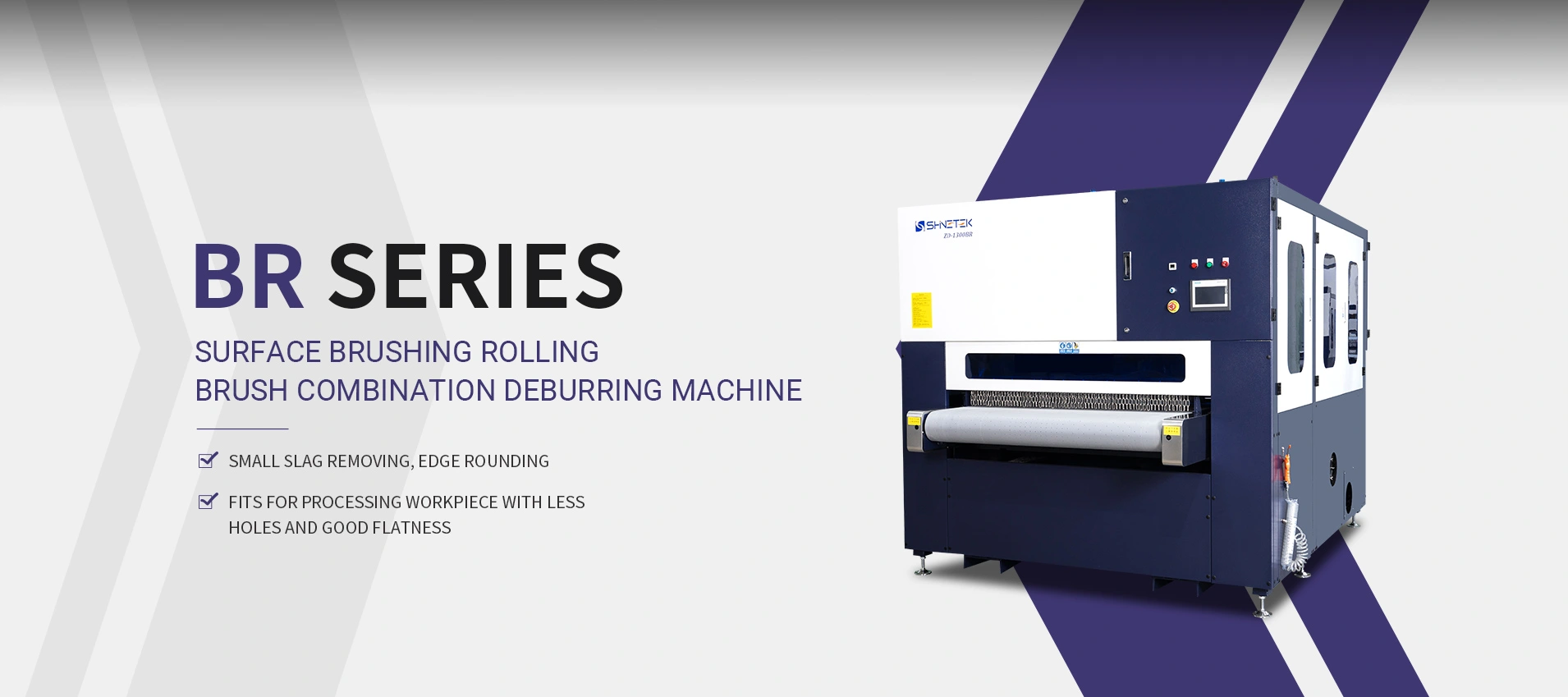
Key Technical Expectations from a Deburring Machine
A deburring machine used in precision manufacturing environments must do far more than just clean up rough edges. It is a crucial link in the production chain that directly affects product quality, compliance, and operational efficiency. In industries such as aerospace, automotive, medical device manufacturing, and electronics, even the slightest deviation in part geometry or surface condition can lead to product rejection, equipment failure, or safety issues.
To meet these high demands, the deburring machine must be engineered to deliver consistent, reliable results across different materials, geometries, and batch volumes. Below are the key technical performance criteria that define a truly high-quality deburring solution.
1. Surface Uniformity
One of the most essential capabilities of any deburring machine is the ability to ensure uniform surface quality across the entire part — regardless of its shape or material composition. The primary goal is to remove burrs, sharp edges, and micro-protrusionswithout damaging the underlying surface finish or altering the part geometry.
This is especially critical when dealing with cosmetic surfaces (such as exposed metal housings or decorative trims) or functional contact points (like sealing surfaces, gear interfaces, or bearing seats). A high-performance deburring machine must incorporate features such as adjustable brush heads, precision pressure control, and multi-axis movement to ensure even treatment across every contour.
In high-precision industries, surface uniformity isn't just a matter of aesthetics — it's a functional requirement. Inconsistent deburring can lead to issues such as uneven wear, leakage, and premature part failure.
2. Tolerance Retention
In modern CNC machining and micro-fabrication environments, tolerances are often measured in microns. This means even a small amount of excess material removal during the deburring process can compromise the integrity of the final product. Therefore, a deburring machine must deliverextremely controlled material removal, ensuring that only the burr is eliminated while the critical dimensions of the component remain untouched.
Leading deburring machine suse programmable force sensors, intelligent feedback loops, and fine-tuned tooling to maintain strict control over contact pressure and dwell time. This is vital when processing precision-engineered components such as fuel injector parts, orthopedic implants, or turbine blades, where dimensional accuracy is non-negotiable.
Moreover, the ability to consistently maintain tolerances across hundreds or thousands of parts is what differentiates industrial-grade deburring solutions from less reliable manual or semi-automated methods.
3. Multi-Material Compatibility
A modern deburring machine should be versatile enough to handle a broad spectrum of materials, including but not limited to:
-
Hardened and annealed steels
-
Aluminum and magnesium alloys
-
Titanium and Inconel
-
Brass and copper
-
Thermoplastics and composites
Each material behaves differently under cutting, grinding, or brushing forces. For example,aluminum parts require delicate touch to avoid surface galling, whereas hardened steel might need aggressive action to dislodge stubborn burrs. A high-quality deburring machine should offer programmable settings for speed, torque, brush type, media hardness, and even coolant flow to accommodate this range.
This multi-material capability is particularly valuable in contract manufacturing environments or tier-1 suppliers, where product lines frequently change, and retooling must be minimized to maintain efficiency.
Some advanced deburring machine salso include quick-change tooling systems and modular heads, enabling operators to switch between workpieces with minimal downtime, all while maintaining consistent quality across different material substrates.
4. Cycle Time Optimization
In high-throughput production environments, time is money. Every second shaved off a process cycle contributes directly to increased capacity, reduced labor costs, and improved profitability. That's whycycle time optimizationis a non-negotiable expectation from a modern deburring machine.
Unlike manual deburring, which is time-consuming and inconsistent, automated deburring machines can deliver predictable, high-speed performance. They use pre-programmed motion paths, multi-part fixtures, and synchronous rotary systems to treat multiple surfaces simultaneously. This not only accelerates the process but also ensures consistency in finish and performance.
The best deburring machines are designed with lean manufacturing principles in mind. Features such as dual-head operations, pallet shuttles, and integrated inspection systems reduce idle time and allow for continuous operation. Smart integration with upstream and downstream equipment (e.g., CNC machines or washing systems) further enhances workflow efficiency.
Moreover, efficient cycle times do not mean a trade-off in quality. Advanced deburring machines are capable of maintaining surface integrity and dimensional accuracy even at high operating speeds, thanks to intelligent motion control systems and feedback-driven process management.
How to Choose the Right Deburring Machine for Your Facility
Choosing the optimal deburring machine for your production facility is not a one-size-fits-all decision. It requires a careful evaluation of part specifications, throughput requirements, surface finish standards, and workforce capabilities. Selecting the wrong system can lead to inconsistent finishes, missed production targets, or costly operational disruptions.
This section outlines the key criteria you should assess to ensure your deburring machine investment delivers maximum performance, reliability, and return on investment.
1. Part Geometry
The geometry of your components plays a foundational role in determining the type of deburring machine you need. Flat, rectangular parts such as brackets or sheet metal plates typically respond well to brush-type or wide-belt deburring machines. These systems offer consistent coverage and are easy to automate for straight-line processing.
However, for parts with intricate features—such as internal cavities, compound curves, undercuts, or delicate edges—the deburring solution must be more sophisticated. In these cases, machines with5-axis rotary spindles, articulated arms, orabrasive flow machining (AFM)capabilities are ideal. For example:
-
Turbine impellersrequire multi-directional access to ensure all trailing edges are properly smoothed.
-
Orthopedic implantsneed non-invasive deburring that preserves biocompatible surface finishes and complex anatomical shapes.
Matching the deburring machine to the part's geometry ensures that all critical features are properly treated without risking over-polishing or structural distortion.
2. Production Volume
Your production throughput dictates not only the size of the deburring machine but also its degree of automation. Facilities withlow to medium volume—such as job shops or prototype labs—can often operate efficiently with benchtop or semi-automatic units. These systems typically require manual loading and positioning but offer flexibility for a wide range of part types.
In contrast,high-volume manufacturing linesdemand fully automated deburring systems. These machines are often integrated with:
-
Robotic arms or gantry loaders for autonomous part handling
-
In-line conveyors for seamless transition from machining to finishing
-
Multi-station setups that allow for simultaneous deburring, rinsing, and drying
For example, an automotive facility producing 50,000 transmission cases per month cannot afford human delays or manual inconsistencies. A fully automated deburring machine ensures tight cycle times, traceability, and repeatability.
Scalability is also a factor—look for machines that allow modular upgrades or multiple tool head options to accommodate future growth.
3. Required Finish Grade
Not all burr removal tasks are equal. In some industries, simply knocking off sharp edges is sufficient. But in high-precision applications, the surface finish after deburring must conform to strict specifications such asRa (Roughness Average) values below 0.8 µmor requirements for uniform matte finishes.
To meet such demands, your deburring machine should offer:
-
Variable-speed controlfor fine-tuning brush or tool rotation
-
Fine-grit tooling options, such as ceramic stones or non-woven abrasives
-
Wet deburring or fluidized bed systemsto reduce frictional heat and protect delicate surfaces
Some deburring machines come equipped with in-process surface roughness monitors or laser-based inspection to ensure compliance in real-time. These features are especially important when working on components that will undergo plating, anodizing, or sealing—where surface texture directly affects bonding or sealing effectiveness.
In short, the ability of a deburring machine to achieve the desired finish grade is critical in determining its suitability for your product quality requirements.
4. Operator Skill Level
The sophistication of the deburring machine should be matched to the skill level of your workforce. Traditional or legacy systems often require experienced operators who can manually adjust pressure, speed, and alignment for different part types. This dependency can become a bottleneck, particularly in lean staffing environments or facilities with high operator turnover.
Modern deburring machines offer significant advantages in this regard. Many are equipped with:
-
Touchscreen interfaceswith intuitive navigation
-
Recipe storage systemsthat allow repeatable settings for different parts
-
Auto-correction sensorsthat adjust feed rates or tool wear in real-time
-
Remote diagnostics and alertsfor predictive maintenance
These features not only simplify operation but also reduce the risk of error, increase uptime, and enable cross-training among staff members. A user-friendly deburring machine reduces onboarding time, enhances safety, and supports efficient job changeovers.
If your production strategy emphasizes lean principles or involves temporary or rotational labor, investing in a system withsmart operator support toolscan significantly improve productivity and quality assurance.
In the fine-finishing sector, precision is non-negotiable. The burrs left behind by earlier processes may seem minor, but they pose significant threats to quality, safety, and efficiency. A deburring machine tailored to your application not only removes those imperfections—it redefines the threshold of what's considered "finished."From improving dimensional compliance and assembly speed to enhancing visual appearance and product longevity, the benefits of investing in the right deburring solution are manifold. By selecting equipment that matches your materials, volumes, and finishing goals, you ensure that every part leaving your facility meets the highest industry standards. In a market where quality is the ultimate differentiator, a deburring machine is more than a finishing tool—it's a competitive advantage.
https://www.shinetekgrind.com/
www.shinetekgrind.com
Suzhou Shinetek Grinding Technology Co., Ltd.
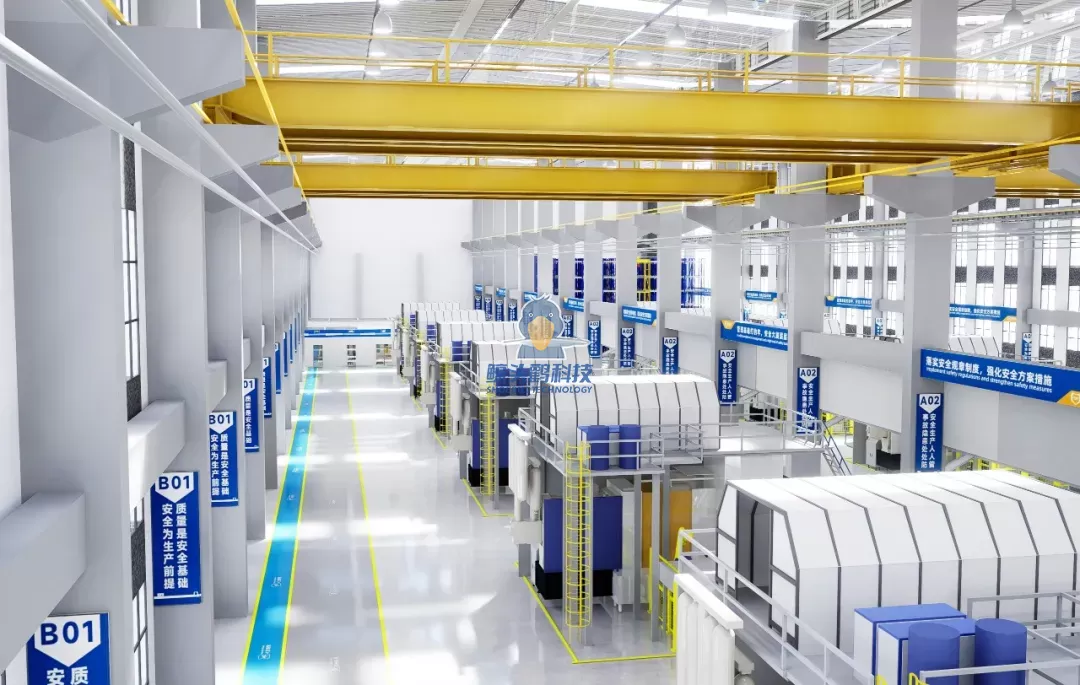



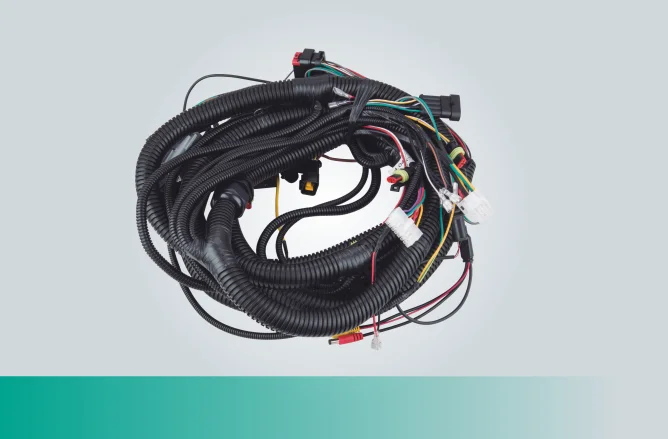
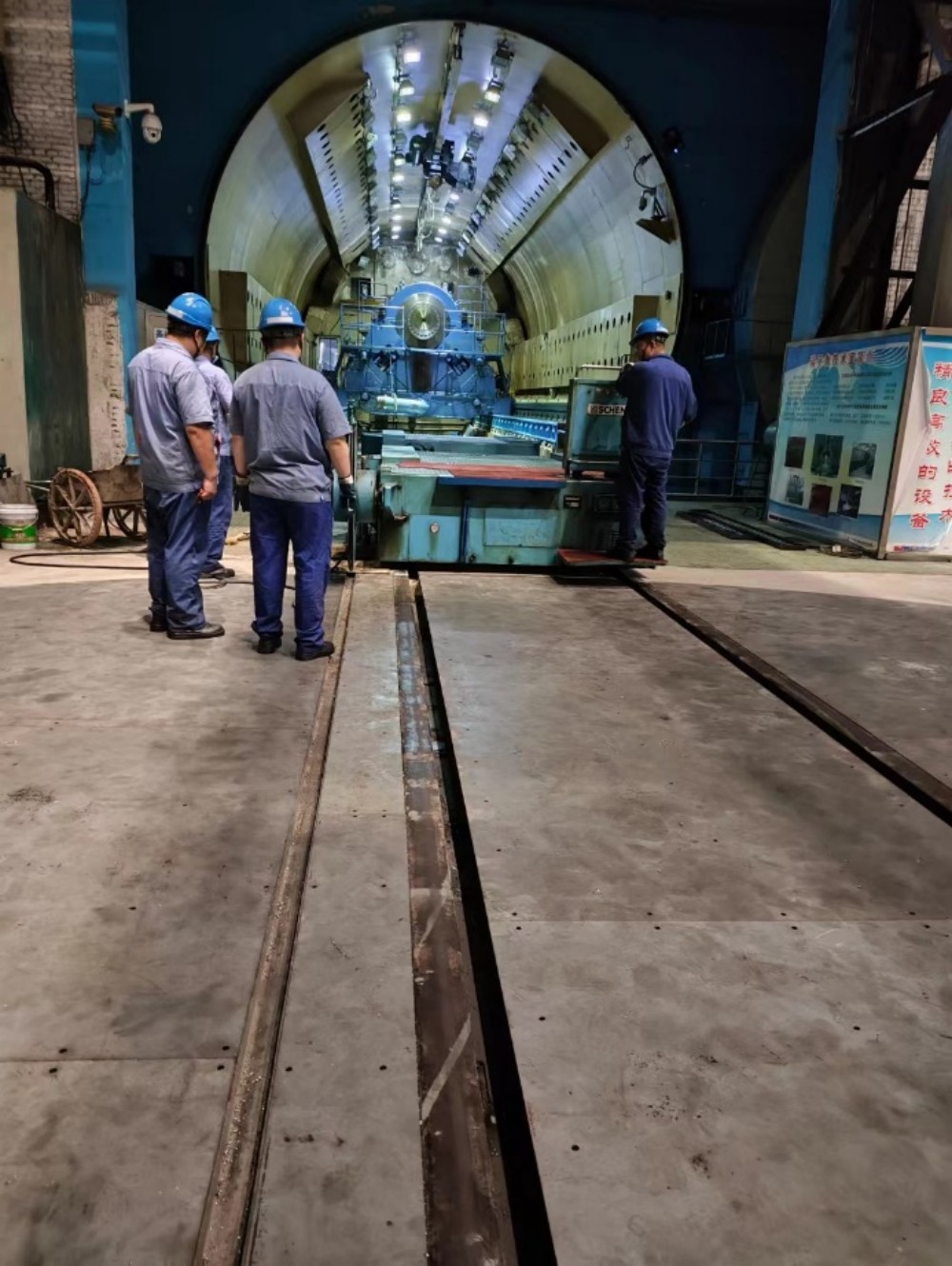

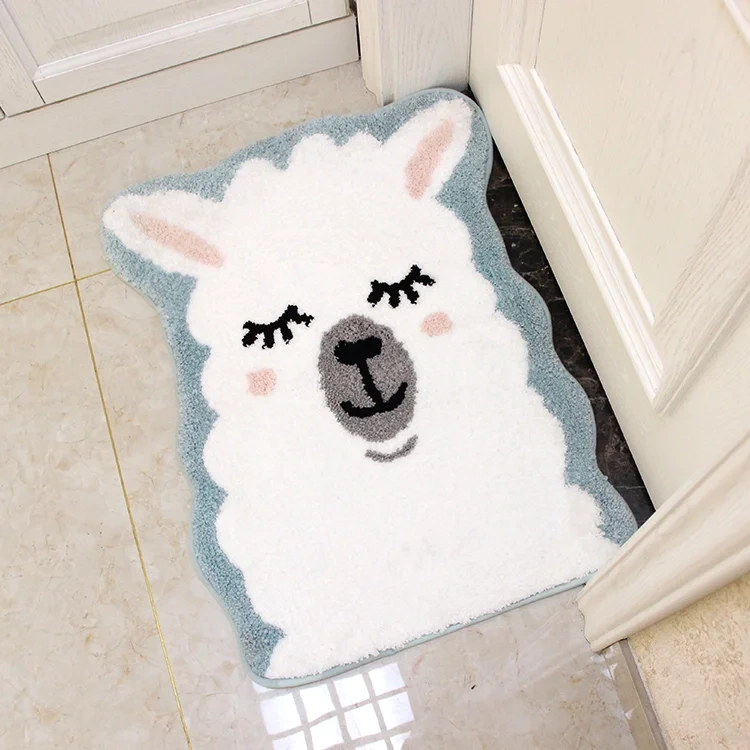

+ There are no comments
Add yours